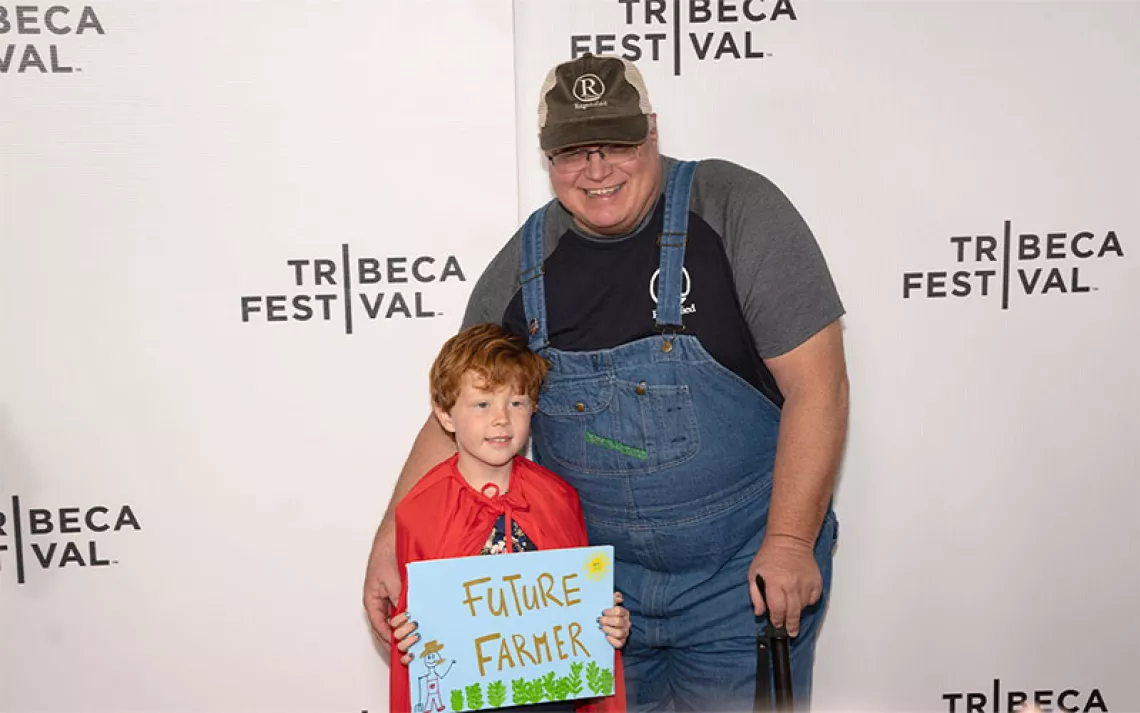"The Last Oasis" Celebrates John Muir’s Efforts to Preserve Natural Places
Michael Coleman’s second film is a call to action and a reminder to be still
After Michael Coleman released Coming Home, his short film about John Muir, he thought that as a filmmaker, he was done with the topic. Then Robert Hanna, John Muir’s great-great-grandson, got in touch and told him about a trove of writings by the legendary naturalist that were preserved at the University of the Pacific in Stockton. “I had no idea that this amazing archive existed and was available to the public,” Coleman says. The discovery inspired the Bay Area filmmaker to make a sequel, The Last Oasis, which, like last year’s film, he produced in time for Muir’s birthday, on April 21, and Earth Day, on April 22.
Coleman says that for this film, he was drawn to Muir’s efforts to preserve natural places. “Obviously with everything that’s been going on politically,” Coleman says, “this is kind of a call to action.” Researching the film, he was struck by Muir’s struggles to inform the public about the importance of conservation. “I don’t think much has changed, to be honest. There’s still a huge demand for people to get involved and speak up. What he wrote feels very relevant.”
While Muir’s words, which narrate the film, call us to action, the stunning cinematography draws us into nature’s inherent stillness. “Come to the woods, for here is rest,” the narrator tells us. An icicle melts, a tree blows in the wind, a waterfall roars, and we are reminded that nature is not just worth fighting for—it is what recharges us to continue the fight.
 The Magazine of The Sierra Club
The Magazine of The Sierra Club



